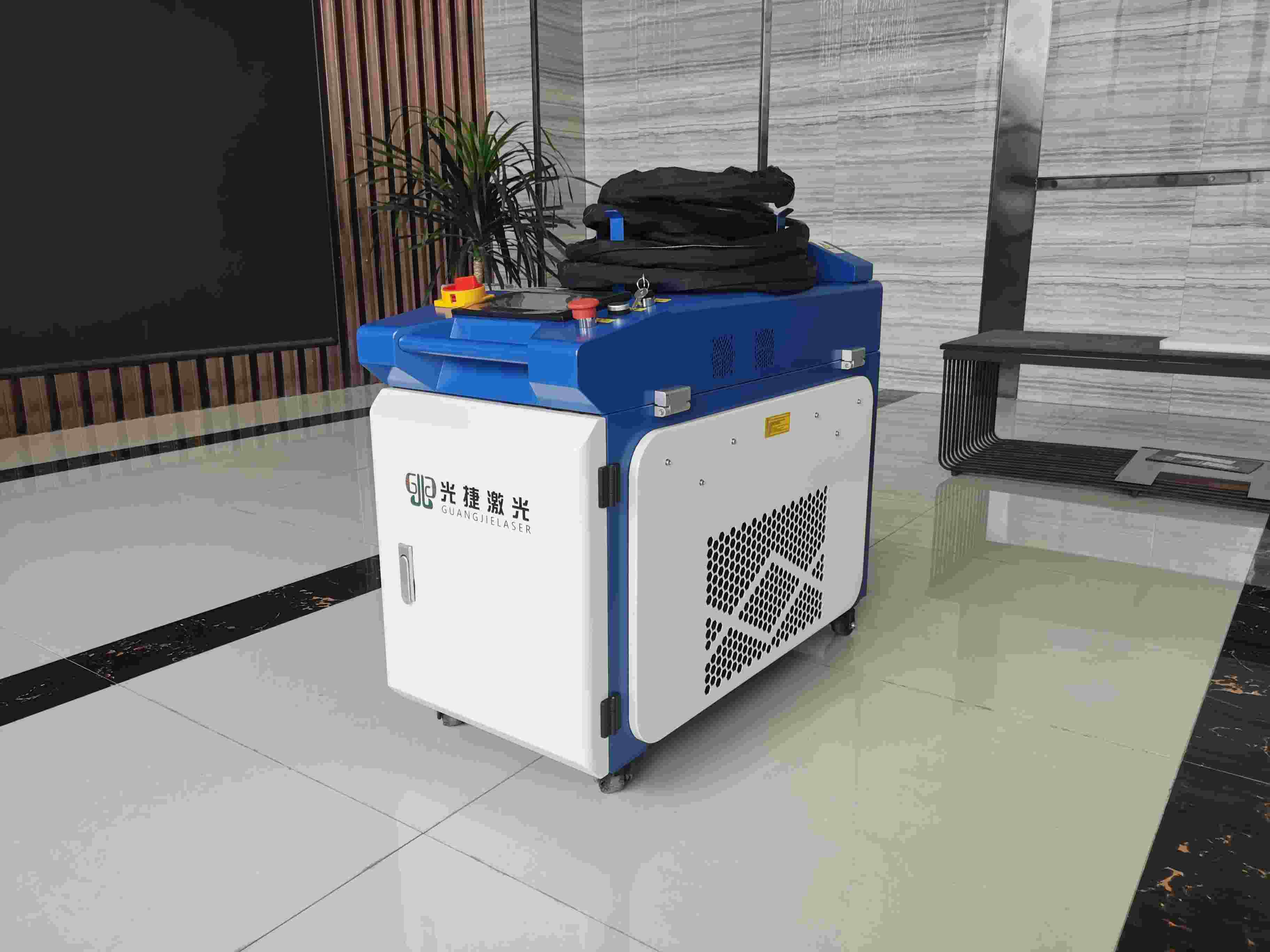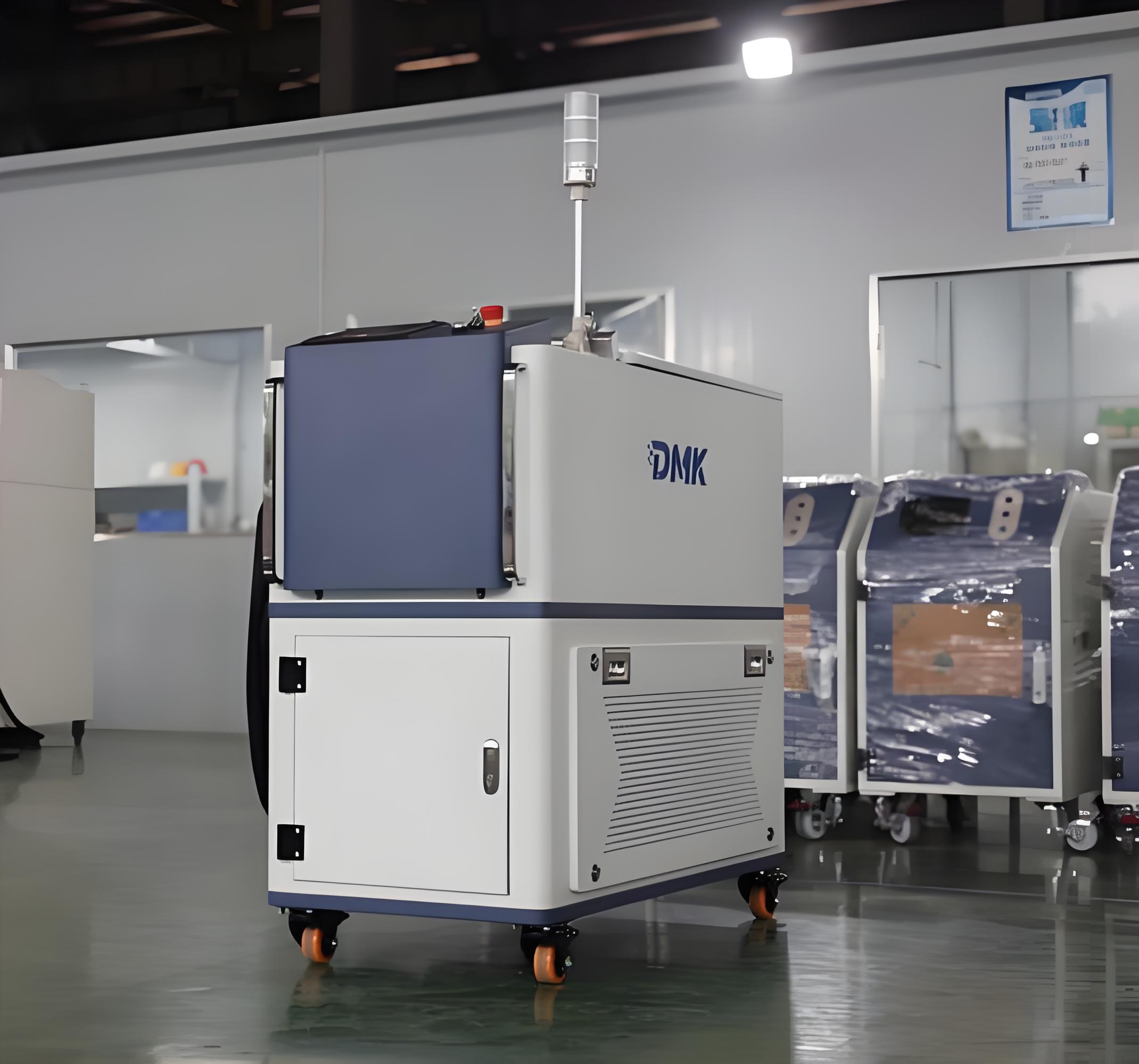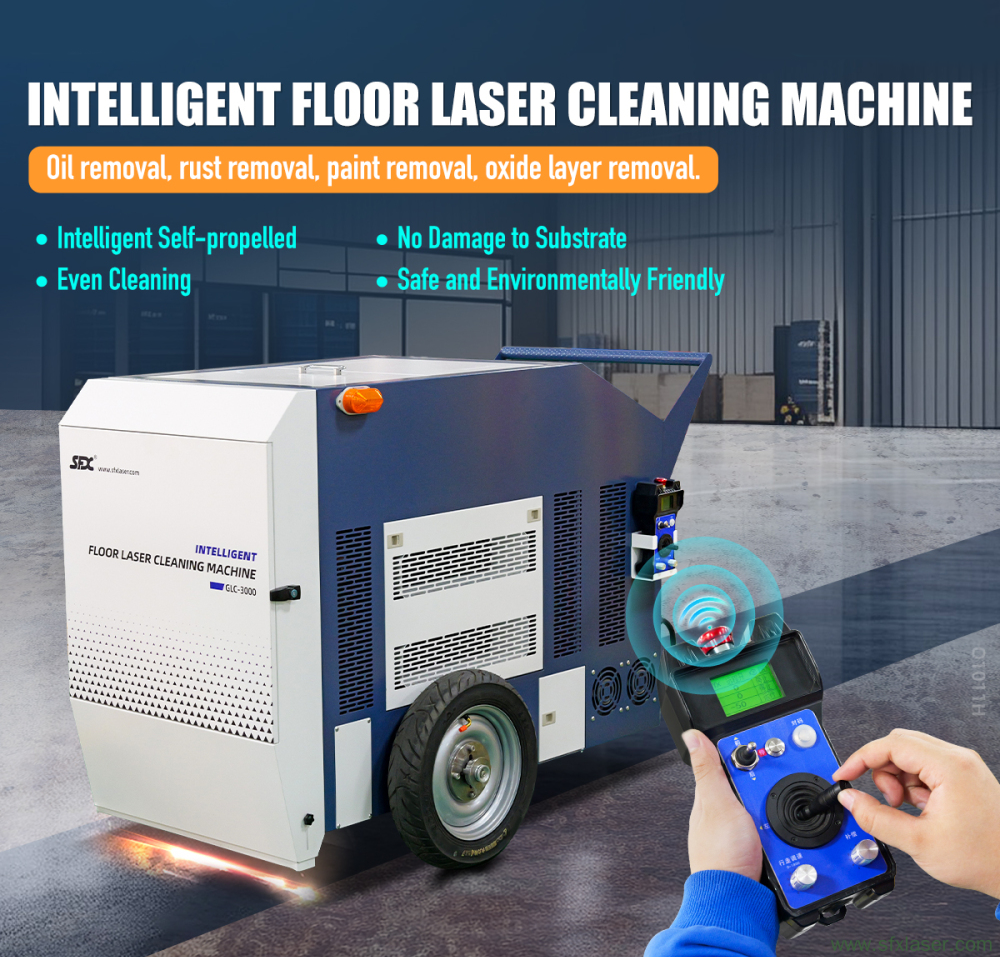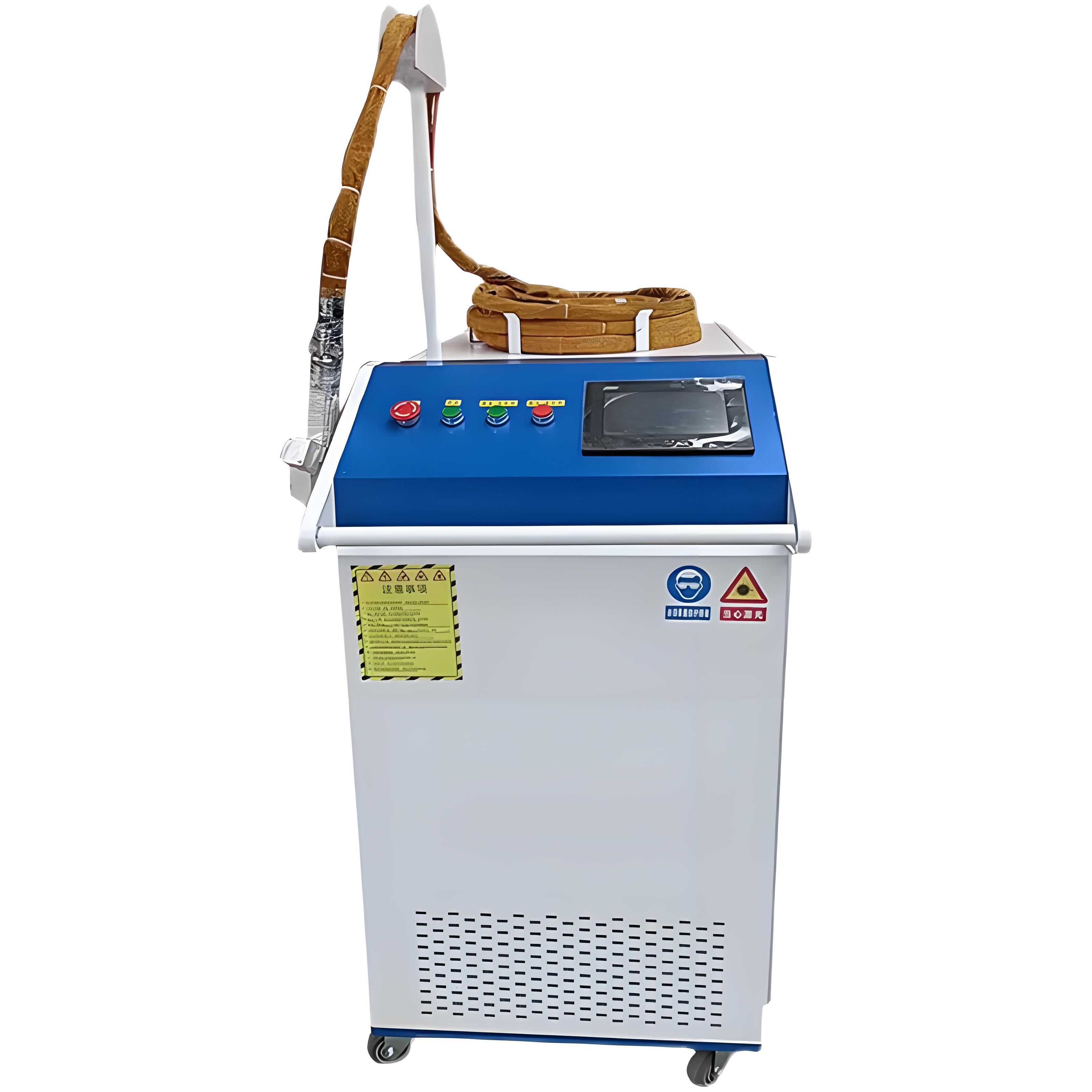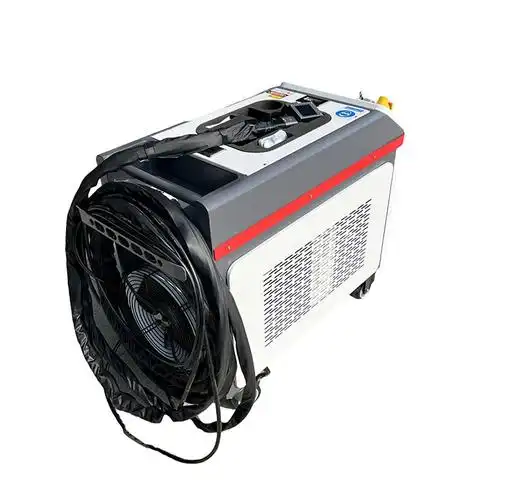As someone who’s spent over a decade working with industrial tools, including laser cleaning systems, I’ve seen firsthand how transformative laser rust removal can be for restoring metal surfaces. Whether you’re a hobbyist tinkering with classic cars or a professional in a manufacturing plant, the question of safety—especially whether a laser rust removal machine could harm your hand—comes up often. It’s a valid concern, given the high-powered nature of these devices. I’ve worked with various models, from handheld units to fully automated systems, and I’ve learned the ins and outs of their safe operation. Let me walk you through the safety aspects, dispel some myths, and share practical tips to ensure you can use these machines confidently without risking injury.
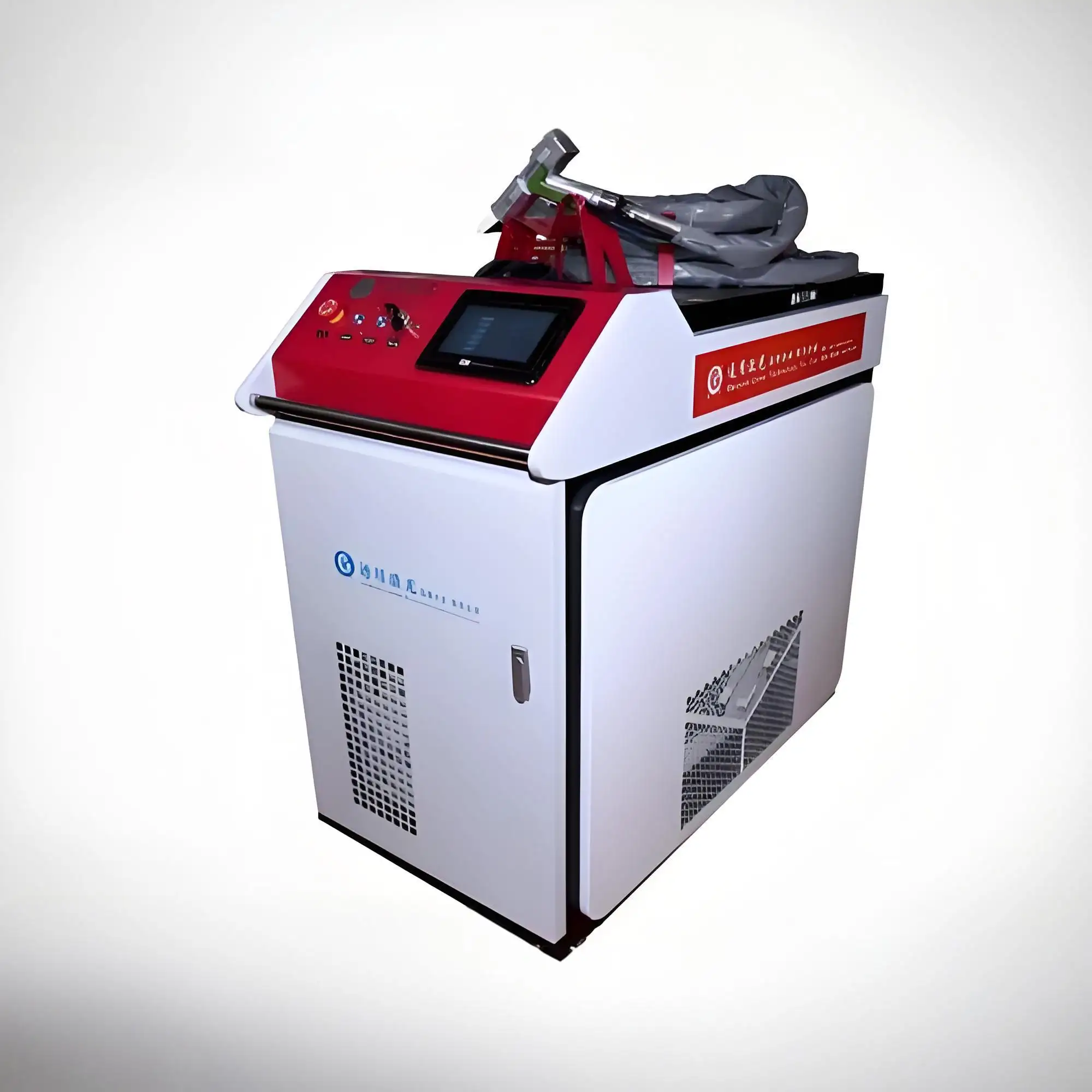
How Laser Rust Removal Works: A Quick Primer
Before diving into safety, it’s worth understanding what laser rust removal is all about. These machines use high-energy laser beams to vaporize rust, paint, or other contaminants from metal surfaces. The process, known as laser ablation, targets the rust layer by heating it beyond its ablation threshold, breaking its bond with the metal underneath. Unlike sandblasting or chemical treatments, it’s a non-contact method, meaning the laser doesn’t physically touch the surface. This precision is what makes laser cleaning so appealing—it cleans effectively without damaging the base material, assuming the settings are correct.
The power of these machines varies widely, from portable 100W units for small-scale jobs to 3000W industrial behemoths. Handheld models, like the ones you might use at home or in a small workshop, are particularly popular because they’re easy to maneuver. But with that power in your hands, the question remains: Could the laser harm your skin if it accidentally passes over your hand?
The Safety of Laser Rust Removal: Can It Hurt Your Hand?
To answer this directly: Yes, a laser rust removal machine can potentially harm your hand, but only if used improperly. The risk depends on several factors—laser power, exposure time, beam focus, and your adherence to safety protocols. Let’s break it down.
Laser Interaction with Skin
Lasers used for rust removal typically operate in the infrared spectrum, around 1064 nm wavelength. Rust absorbs this energy efficiently, heating up and vaporizing quickly. Human skin, however, has different properties. It’s less absorptive at this wavelength, and its high water content acts as a heat sink, dissipating energy to some extent. This means a brief, incidental pass of a low-power laser (say, 100–200W) over your hand might feel warm but is unlikely to cause immediate harm, especially if the beam is moving quickly and not focused on one spot.
However, prolonged exposure or a stationary beam can cause burns. High-power lasers (1000W or more) are particularly risky. If the beam lingers on your skin, it can heat tissue rapidly, leading to burns or, in extreme cases, deeper tissue damage. I’ve seen videos online where people (recklessly) run a low-power laser over their hand to “prove” it’s safe, but this is misleading. The safety margin is narrow, and stopping the beam in one spot or using a higher-powered unit could result in serious injury.
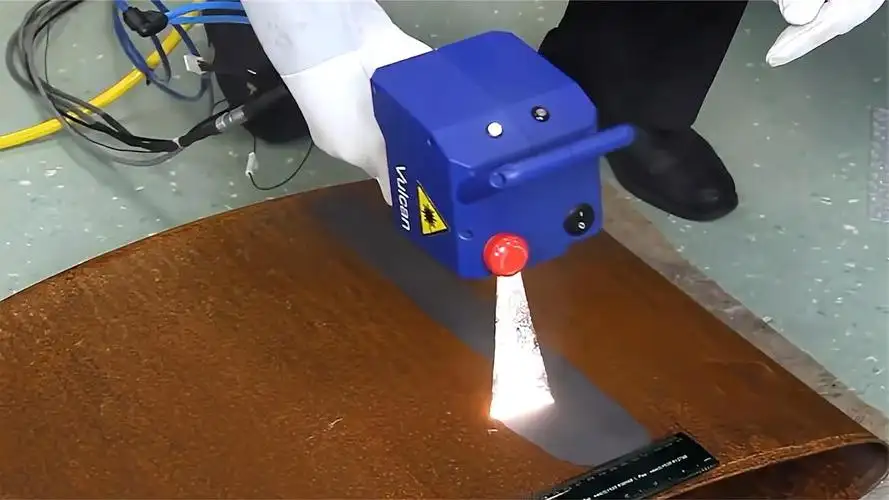
Safety Features in Modern Machines
Thankfully, manufacturers know these risks and build in safety features. For example:
Double-click triggers: Many handheld units, like the ZAC 200W Pulsed Laser Cleaner, require two clicks to activate, preventing accidental firing.
Distance and temperature sensors: These automatically shut off the laser if it’s too far from the target surface or if overheating is detected.
Flame-retardant cables: These reduce the risk of fire hazards in case of mishandling.
Fume extraction systems: While not directly related to hand safety, these keep the air clear of vaporized particles, protecting your lungs.
I’ve used machines like the Preenex 1000W CW Fiber Laser Cleaner, which comes with a touchscreen controller and an emergency stop button. These features give you precise control and a quick way to halt operations if something feels off. Still, no safety feature replaces proper training and caution.
Comparing Laser Rust Removal to Other Methods
To put laser safety in context, let’s compare it to traditional rust removal methods. I’ve worked with sandblasting, grinding, and chemical treatments, and each has its own risks. Here’s a quick breakdown:
|
Method |
Risk to Hands |
Other Safety Concerns |
Environmental Impact |
|---|---|---|---|
|
Laser Rust Removal |
Low risk with proper use; burns possible if mishandled |
Eye damage, fumes (with extraction systems) |
Minimal; no chemical waste |
|
Sandblasting |
High risk of abrasion or injury from debris |
Dust inhalation, noise |
Hazardous waste from media |
|
Grinding |
Risk of cuts, abrasions, or vibration injury |
Sparks, dust inhalation |
Dust and metal particle pollution |
|
Chemical Treatment |
Chemical burns, skin irritation |
Toxic fumes, improper disposal risks |
Significant chemical waste |
From my experience, laser cleaning is one of the safest options when done right. Unlike sandblasting, which can send particles flying, or chemicals, which can splash and burn, lasers are precise and contained. But precision doesn’t mean risk-free—your hands are still vulnerable if you’re careless.
Real-World Risks: Stories from the Field
In my years in the industry, I’ve seen a few close calls. Once, a colleague was using a 1500W handheld laser to clean rust off a steel beam. He got distracted, and the beam grazed his glove for a split second. The glove was heat-resistant, so he was fine, but it was a wake-up call. Another time, a rookie operator ignored the manual and didn’t wear safety glasses. A stray reflection from a shiny metal surface caused temporary eye discomfort—luckily, nothing permanent. These incidents underline one thing: Safety gear and proper training are non-negotiable.
I’ve also heard of cases where operators tried to “test” lasers on their skin, inspired by viral videos. One guy I know ended up with a mild burn after letting a 200W pulsed laser linger on his hand for too long. It wasn’t severe, but it was painful enough to teach him a lesson. The takeaway? Don’t treat these machines like toys.
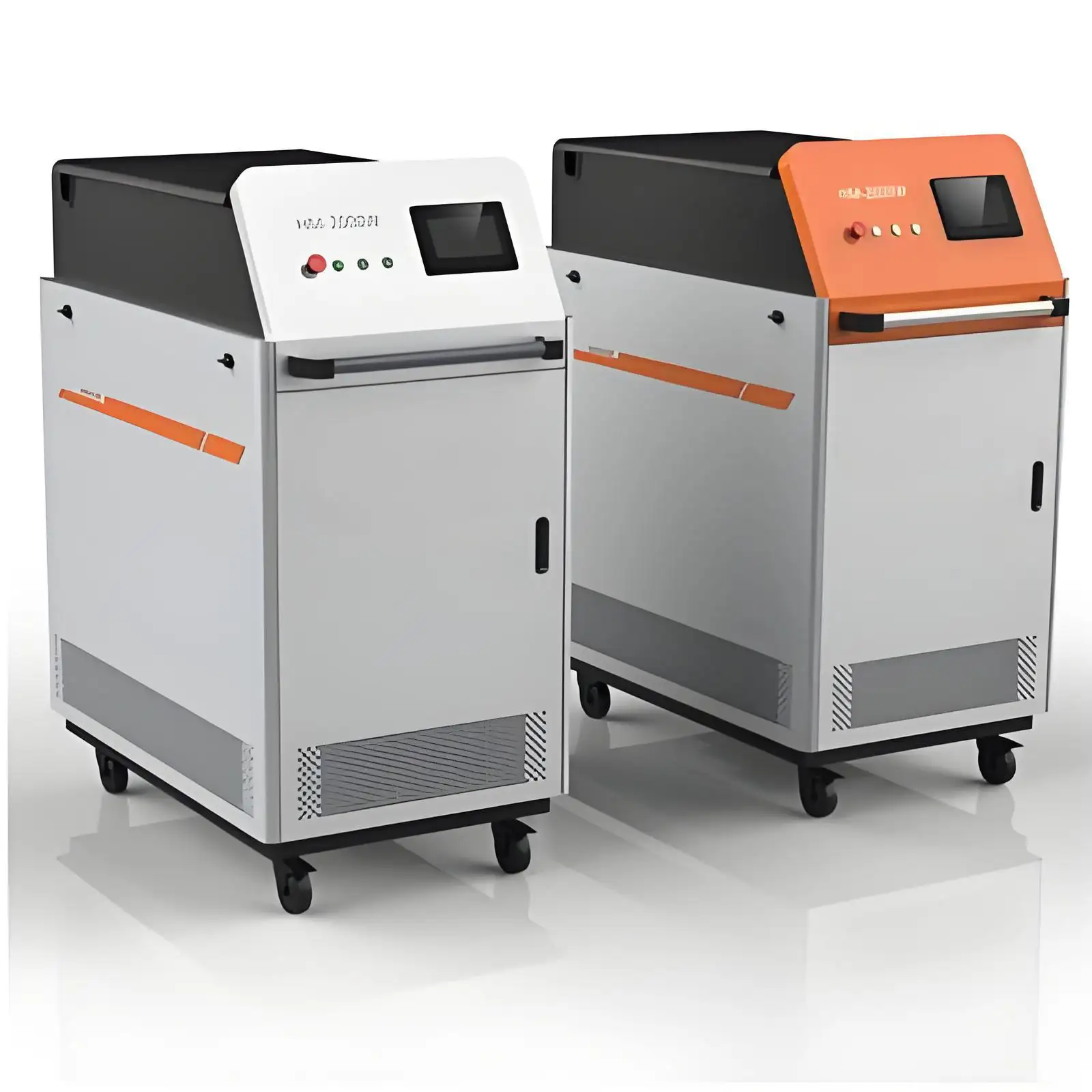
Essential Safety Tips for Using a Laser Rust Removal Machine
To keep your hands (and the rest of you) safe, follow these guidelines. I’ve refined these over years of working with lasers and seeing what works—and what doesn’t.
1. Wear Proper Protective Gear
Laser safety glasses: Always wear glasses rated for the laser’s wavelength (e.g., 1064 nm). These aren’t optional. A pair of OD6-rated glasses, like those included with the Preenex 1000W model, can prevent eye damage from reflections.
Heat-resistant gloves: Even though lasers are non-contact, the metal surface can heat up, and accidental beam exposure can cause burns. I recommend gloves with a high thermal rating, like those used for welding.
Long sleeves: Cover your arms to minimize skin exposure. I’ve found lightweight, flame-resistant shirts work well without restricting movement.
2. Read the Manual Thoroughly
Every machine is different. My first laser cleaner was a Mactron 60W model, and its manual had detailed instructions on power settings and beam focus. Skipping this step is like driving a car without knowing where the brakes are. Pay attention to:
Power settings: Lower settings (e.g., 100–200W) are safer for beginners.
Focal length: Keep the beam at the recommended distance (usually 50–60 cm) to avoid excessive heat buildup.
Operation modes: Some machines have scanning modes that adjust beam movement, reducing the risk of concentrated exposure.
3. Keep the Workspace Clear
Lasers generate intense heat, which can ignite flammable materials like paper, fabric, or chemicals. I always clear my workbench of anything combustible before starting. Also, ensure good ventilation or use a fume extraction system to handle vaporized particles.
4. Use the Machine as Intended
Don’t try to use a rust removal laser for cutting or engraving—it’s not designed for that. Misuse can lead to overheating, equipment damage, or injury. Stick to rust, paint, or coating removal on compatible materials like steel, aluminum, or brass.

5. Get Proper Training
If you’re new to lasers, invest in training. Many manufacturers, like Adapt Laser, offer safety courses with their machines. I took one early in my career, and it covered everything from beam alignment to emergency protocols. If you’re a hobbyist, at least watch reputable tutorials and practice on scrap metal before tackling a big project.
6. Maintain Your Equipment
A poorly maintained laser is a safety hazard. Check the lens for contamination, ensure the cooling system (water or air) is working, and inspect cables for wear. I once had a 1000W unit overheat because the water chiller was low on coolant—thankfully, the auto-shutoff kicked in before any damage occurred.
Addressing Common Misconceptions
There’s a lot of misinformation floating around, especially on social media. Let’s clear up a few myths I’ve encountered:
Myth: “Lasers are completely safe for skin.”
Not true. While a quick pass might not hurt, prolonged exposure or high-power settings can cause burns. Always err on the side of caution.
Myth: “You don’t need safety gear for low-power lasers.”
Even a 100W laser can cause eye damage from reflections. I never skip my safety glasses, no matter the wattage.
Myth: “Lasers don’t produce harmful byproducts.”
The vaporized rust can create fumes that irritate your lungs. Always use a fume extractor, especially indoors.
Practical Applications and Why Safety Matters
I’ve used laser rust removers for everything from restoring vintage motorcycle parts to prepping industrial pipes for welding. The precision is unmatched—on a recent project, I cleaned rust off a 1960s car chassis without touching the underlying steel. But precision comes with responsibility. A single lapse in safety can turn a great tool into a liability.
For home users, handheld lasers like the LC6000 (1500–6000W) are popular for their portability and ease of use. They’re great for small projects, like cleaning rusty tools or garden equipment. But even these “user-friendly” models require respect. I’ve seen hobbyists get complacent, assuming the machine’s safety features make it foolproof. They don’t. Your vigilance is the ultimate safety feature.
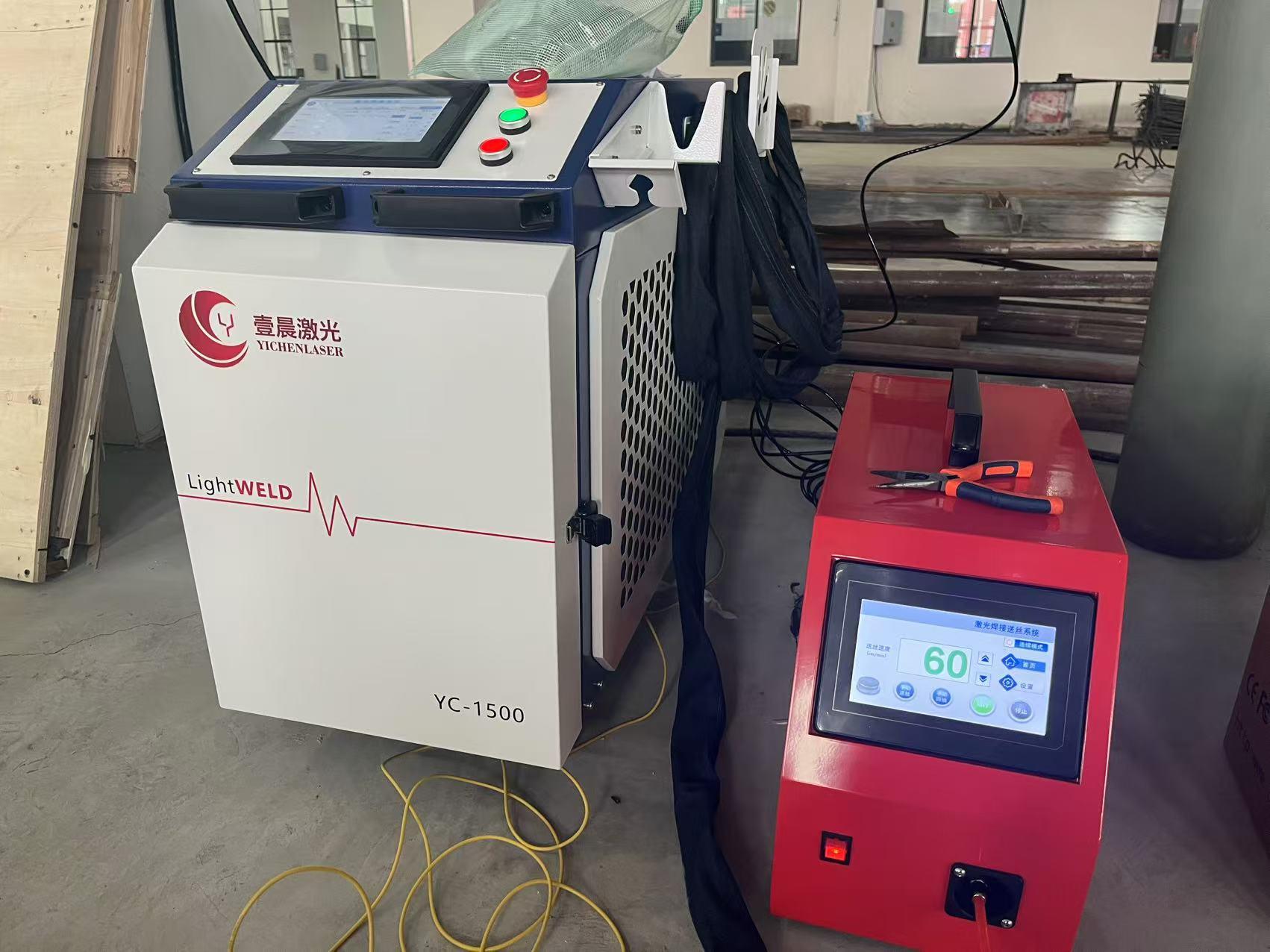
The Cost of Safety: Is It Worth It?
Laser rust removers aren’t cheap. A decent handheld unit starts at around $6,000, with high-end models like the ZAC 3000W costing up to $16,800. Add in safety gear, training, and maintenance, and it’s a significant investment. But compared to the recurring costs of sandblasting media or chemical disposal, lasers often save money in the long run. More importantly, their safety profile—when used correctly—reduces the risk of workplace injuries, which can be far costlier than the machine itself.
My Personal Take
After years of working with lasers, I can say they’re a game-changer for rust removal. I’ve restored everything from old tools to massive industrial components, and the results are always impressive. But I’ve also learned to respect their power. The first time I used a 1000W unit, I was nervous—would I accidentally zap myself? With proper training and gear, that fear faded, replaced by confidence in the tool’s capabilities. If you’re considering a laser rust remover, don’t let safety concerns scare you off. Just treat it like any powerful tool: learn its quirks, follow the rules, and you’ll be fine.
Conclusion
So, will a laser rust removal machine hurt your hand? Only if you misuse it. With the right precautions—safety gear, proper settings, and a clear workspace—the risk is minimal. These machines are designed with safety in mind, but they demand respect. Whether you’re a seasoned pro or a DIY enthusiast, take the time to learn your equipment, invest in quality gear, and stay vigilant. Your hands (and your projects) will thank you.
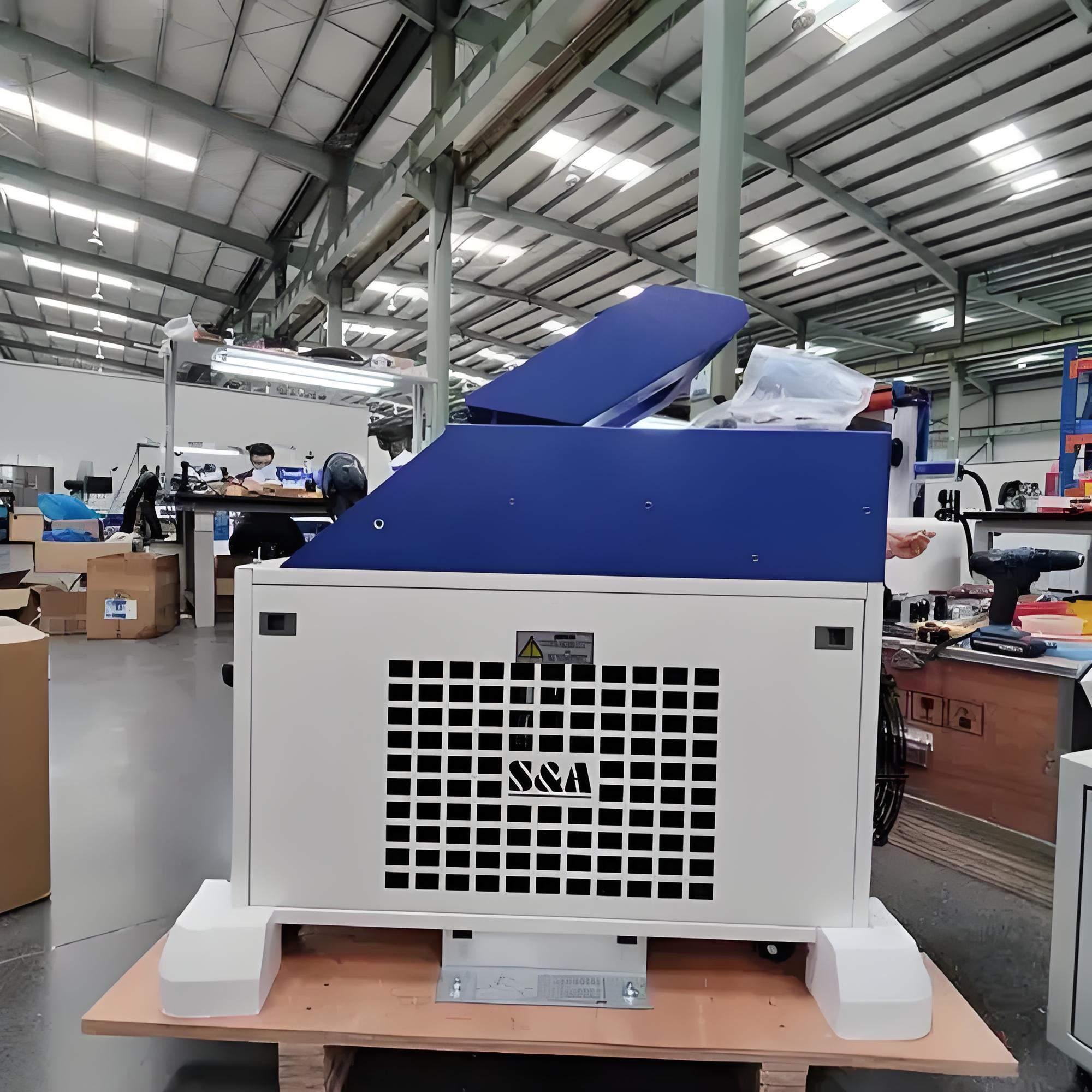
Related Questions and Answers
Q: Can a low-power laser rust remover (e.g., 100W) still cause burns?
A: Yes, even low-power lasers can cause burns if the beam is stationary or focused on one spot for too long. Always wear protective gloves and keep the beam moving.
Q: Do I need a fume extractor for a handheld laser at home?
A: Yes, especially indoors. Vaporized rust can produce harmful fumes. A good extractor, like those paired with Laserax systems, keeps the air safe.
Q: Are laser rust removers safe for beginners?
A: They can be, but only with proper training. Start with a low-power model, read the manual, and practice on scrap metal. Don’t skip safety gear.
Q: What happens if I accidentally shine the laser on my clothes?
A: The laser could ignite flammable fabrics or cause burns if it lingers. Wear flame-resistant clothing and keep the beam focused on the workpiece.
Q: How do I choose the right laser power for my needs?
A: For small projects (e.g., tools or car parts), a 100–200W pulsed laser is sufficient. For industrial use, like large steel structures, consider 1000W or higher. Always consult the manufacturer for guidance.

